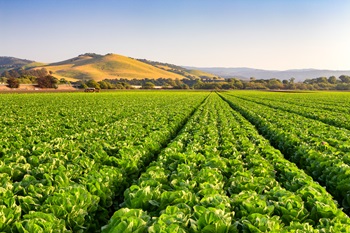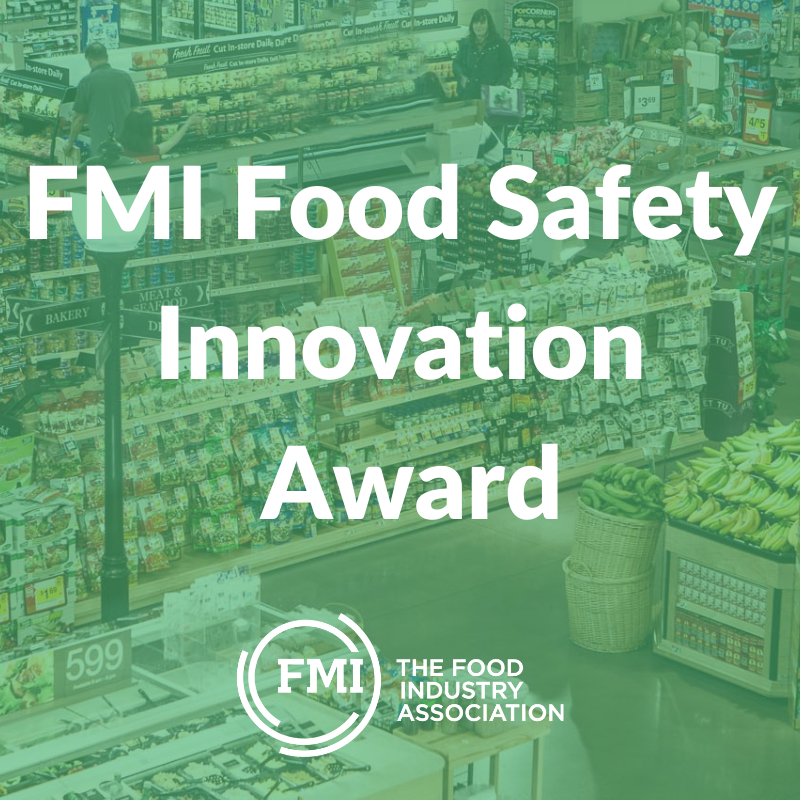By Matt McKinney, Manager, Communications, FMI

Nearly ten months ago, the U.S. Food and Drug Administration (FDA) issued the last of the major Food Safety Modernization Act (FSMA) regulations. Known as the Food Traceability Rule, this regulation was originally intended to facilitate the ability of FDA to quickly identify and mitigate food safety issues associated with a small number of certain “high risk” foods prone to contamination. However, over the course of the rulemaking process, the scope of the regulation expanded significantly to include dozens of individual foods (including ingredients), resulting in potentially thousands of products being covered by the rule.
Given the complexity of the Food Traceability Rule and the significant impact it will have on the food industry, it quickly became apparent that resources and educational materials were needed to assist our members in understanding the regulation and how to prepare for the compliance deadline in January 2026.
That’s why FMI partnered with GS1 US last month to host a series of four digital seminars and explore in greater detail the requirements of the rule and share examples and resources you can leverage as you establish your own policies and procedures for properly tracking items on the Food Traceability List.
The What
Hosted by FMI Chief Science Officer Hilary Thesmar and GS1 US Director, Community Engagement, Government Affairs Marshall Keener, the first digital seminar explores whether and how companies are subject to the rule, what items are on the Food Traceability List, how the GS1 System of Standards can help companies meet Food Traceability Rule requirements, and how others in the industry are working together to share traceability data.
The How
In the second installment, FMI Senior Director, Food and Product Safety Ashley Eisenbeiser and GS1 US Director, Community Engagement Luce Angarita discuss product and location identification in order to distinguish affected foods and locations from unaffected ones during a food safety investigation, highlight industry-developed guidance and opportunities to work with trading partners for improved traceability processes, and share an example of how a product on the Food Traceability List moves through the supply chain and ways it needs to be tracked.
The Why
The third digital seminar brings together FMI Vice President, Industry Relations Doug Baker and GS1 US Senior Director, Community Engagement Liz Sertl to talk about how increased traceability benefits both consumers and supply chain partners. Together, they explore the concept of traceability and the benefits associated with improving supply chain visibility. They also look at how the health care sector is complying with its own traceability regulations and lessons that food retailers can learn from their experience to increase operational efficiencies. Lastly, they walk through questions you should be asking when creating a traceability plan, establishing record-sharing processes, and finding the right technology partners.
The What’s Next
The final session hosted by FMI’s Hilary Thesmar and GS1’s Liz Sertl examines the importance of being able to share standardized data across the supply chain to facilitate traceability. They highlight tools and resources created by industry members, GS1 US, and FMI to support businesses as they work toward regulatory compliance.
Regardless of where your company stands in developing traceability plans and identifying resources that can help you achieve compliance, understanding the what, how, why, and what’s next of food traceability is vitally important. While two-plus years until the compliance deadline seems far off, it’s never too soon to start getting your plans and processes in place to ensure a smooth transition to the new regulatory regime.
Access the FMI/GS1 US Digital Seminar Recorded Series Bundle


 Industry Topics address your specific area of expertise with resources, reports, events and more.
Industry Topics address your specific area of expertise with resources, reports, events and more.
 Our Research covers consumer behavior and retail operation benchmarks so you can make informed business decisions.
Our Research covers consumer behavior and retail operation benchmarks so you can make informed business decisions.
 Events and Education including online and in-person help you advance your food retail career.
Events and Education including online and in-person help you advance your food retail career.
 Food Safety training, resources and guidance that help you create a company food safety culture.
Food Safety training, resources and guidance that help you create a company food safety culture.
 Government Affairs work — federal and state — on the latest food industry policy, regulatory and legislative issues.
Government Affairs work — federal and state — on the latest food industry policy, regulatory and legislative issues.
 Get Involved. From industry awards to newsletters and committees, these resources help you take advantage of your membership.
Get Involved. From industry awards to newsletters and committees, these resources help you take advantage of your membership.
 Best practices, guidance documents, infographics, signage and more for the food industry on the COVID-19 pandemic.
Best practices, guidance documents, infographics, signage and more for the food industry on the COVID-19 pandemic.
